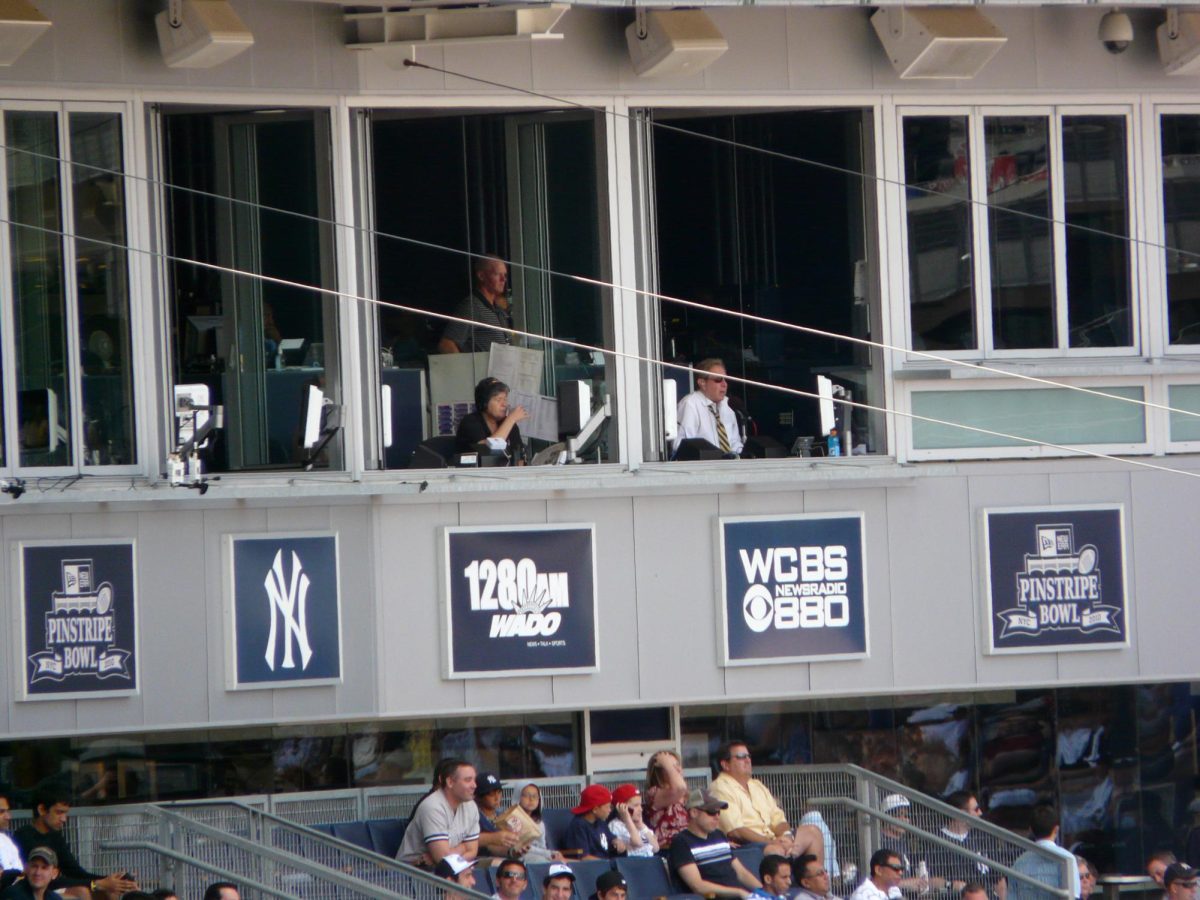One ball — that is all you need. You can play indoors, outdoors, on dirt, grass, astroturf — even concrete. The game will go on in the sun, rain or snow with as many as 22 and as few as two people.
Soccer, at its core, is the most accessible and racially diverse sport in the world. The International Association Football Federation (FIFA) has 211 member associations, spanning six continents. In 2022, almost 1.5 billion people all over the world tuned in to watch the FIFA World Cup final. Wherever you go in the world, you are never far away from a football pitch.
However, in the United States, this is not the case. It is no secret that soccer does not experience the same popularity in the States as it does almost everywhere else in the world, but that does not mean U.S. children grow up deprived of playing the sport. In 2010, almost 11% of all U.S. children between ages 6 and 12 played soccer regularly. However, despite the steady growth of Major League Soccer (MLS), the increasing success of the U.S. men’s national soccer team (USMNT) and the sustained success of the U.S. women’s national soccer team (USWNT), this figure decreased to 7.4% in 2021. This trend of steady decline reveals an unfortunate truth — U.S. youth soccer is broken.
The largest difference between soccer in the United States and the rest of the world is where the sport is played and who plays it.
In the 1970s, the burgeoning North American Soccer League signaled the first successful league in North America, bringing talents such as Pelé, Franz Beckenbauer and George Best to its shores. It was not financially stable enough to fund a youth setup like the ones seen in Europe, however. As a result, the league had to fund itself, and it relied on a pay-to-play model similar to U.S. youth sports. This barrier to entry caused the sport to prosper in the areas where parents could afford it: the suburbs.
“It’s white picket fence…It is without a doubt an exclusive sport, it’s not inclusive like it is in other places. And it is a sport of privilege rather than a sport of the masses,” former Venezuelan international and current ESPNFC analyst Alejandro Moreno said in an interview with ESPN.
In fall 2022, the average family spent $833 on each child’s primary sport per season, according to the Aspen Institute’s Project Play, a nonprofit initiative that seeks to improve access to sports. For families with household incomes at or above $150,000 a year, that average clocks in even higher at $2,068 per year.
In addition to the steep costs associated with participating in kids’ sports, racial disparities also play a role in making involvement in sports less accessible for some American youth. According to the U.S. Census Bureau, families with a white, non-Hispanic head of household had 10 times more wealth than those with a Black head of household in 2021. And in 2019, the typical white household had $168,800 more in wealth than the typical Hispanic household.
In urban areas, white households make up 44% of the population, whereas in the suburbs, white households account for 68%.
Sorry — I understand this is a lot of statistics for the Sports section of the newspaper, but to no one’s surprise, the racial legacy of the United States’ past affects nearly all aspects of life, and youth soccer is no exception.
The diversity problem in U.S. youth soccer does not just manifest in which families can pay for their children to play. The sport is geographically inaccessible to those in urban areas, which tend to house lower-income families and higher proportions of people of color. A higher median income is associated with schedule flexibility in jobs, allowing affluent parents to work around their child’s soccer schedule. However, lower-income and hourly-wage workers often cannot afford to miss work to drive their kids to soccer practice.
Even if an underprivileged kid overcomes the odds to make it to training, cultural differences do not create a conducive environment to give kids of all identities equitable opportunities to perform at their best.
A predominantly white system produces white leaders. A 2022 Statista report found that across MLS, out of 29 head coaches, only around 34% identify as people of color.
You may ask why this lack of diversity does not exist in such a stark contrast in other parts of the world, and this is where soccer’s cultural status in the United States lets it down.
Soccer in other countries is embedded into the fabric of the community. Everyone plays and can play any time they feel like it.
Youth clubs are government-funded using taxpayer dollars. Oftentimes, clubs use facilities for free while sponsors and local businesses pay for their equipment.
Unfortunately, this is not the case in the United States. A large contributor to this phenomenon is the high barrier of entry to play, but broadcasting the domestic league on a streaming service and the World Cup on a cable channel stunts its growth as well.
Another crucial element to the success of soccer is the high-quality management of the clubs. In other countries around the world, the clubs are often operated by former players who put the development of the club and its players above all. In the United States, parents who have kids who play in the system usually operate the club system. Rather than focusing on what is best for the club, the parents prioritize the success of their child.
While MLS academies are free for any player who qualifies, the sport remains widely inaccessible in the United States. Because of the social and financial obstacles to playing soccer in the United States, the country is missing out on so much joy that soccer brings.









